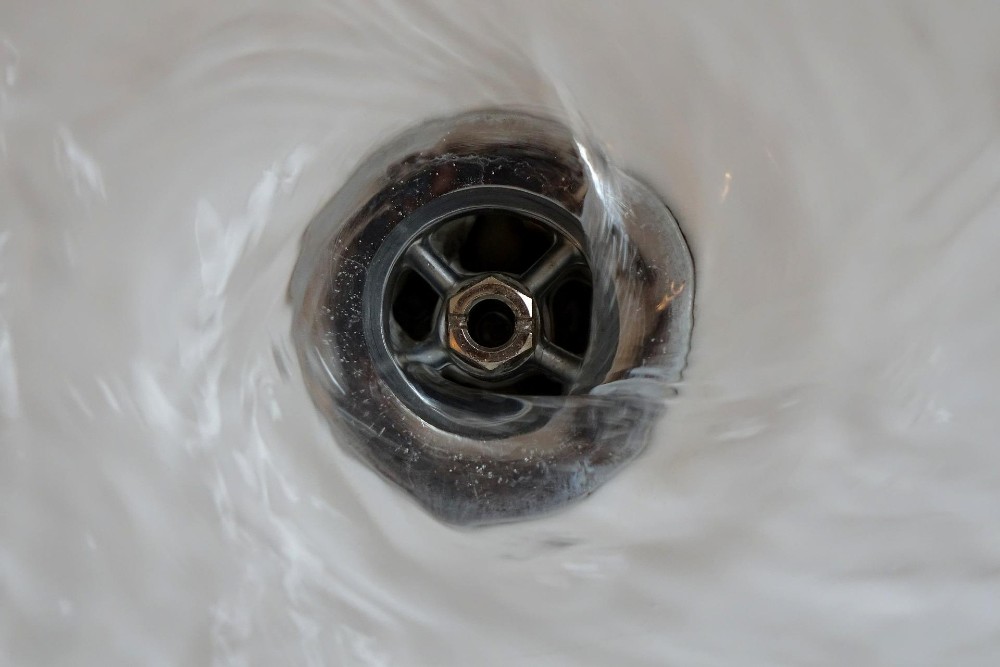We highlighted earlier in the year how to identify and prevent blocked drains – but occasionally problems can be more serious than a blockage.
Actual damage to pipework or any part of your drainage system isn’t something that will get better or go away.
It’s important to prioritise the correct functioning of your drains and find a reliable professional to conduct any repairs and maintenance needed.
How do I know if my drains are damaged?
When so much of your pipework and drainage system is underground, it’s easy to assume everything is fine when you can see it.
But more often than not, damaged drains will result in clear warning signs that will be noticeable above ground and possibly even inside your home.
Here are a few of the things to look out for that may require you to speak to a specialist to see if your drains are indeed damaged.
Bad smell
Unfortunately, one of the earliest signs of damaged drains could be one you smell before you see.
Unpleasant sewage odours are often an indicator of system problems – and while it may mean a blockage, it could be something more serious.
The first priority is probably to clean the pipes – but if the odours persist (either inside your property or outside) – you may need some repairs.
Sewage backing up
If your toilets and sinks are draining slowly, this again is usually caused by a blockage of some type.
But again, assuming you’ve taken the steps to rule this out, then waste water backing up may well be a sign of damaged pipes.
This could mean anything from cracks to a complete collapsed pipe, which will need addressing immediately.
Structural damage or subsidence
If a drain has collapsed and sits underneath a particular point of structural significance in your property, this may affect the building’s integrity.
If left unrepaired, you could see cracks in your floor or walls, which will likely prove expensive to fix.
Even outside your property, collapsed drains could lead to cracks in concrete driveways or patio areas.
Resist the temptation to only repair these surface level issues, as they’ll probably return if the underlying drains aren’t also fixed.
Signs of damp
Similarly, another ‘indoors’ issue that could result from damaged drains is the appearance of damp on your walls or floors.
And again, removing this will prove a temporary solution if the cause isn’t also addressed.
Treating only the symptoms of damaged drains won’t solve the problems in the longer term.
By seeking professional expertise, you can know for certain whether or not your drains are damaged and what you need to do next.
Want to know more about damaged drains?
If you’ve noticed one or more of the above issues – or are aware of something else that could mean damaged drains, it may be time to talk to a professional.
If you have any questions or would like to arrange a site survey visit, please contact us today.
